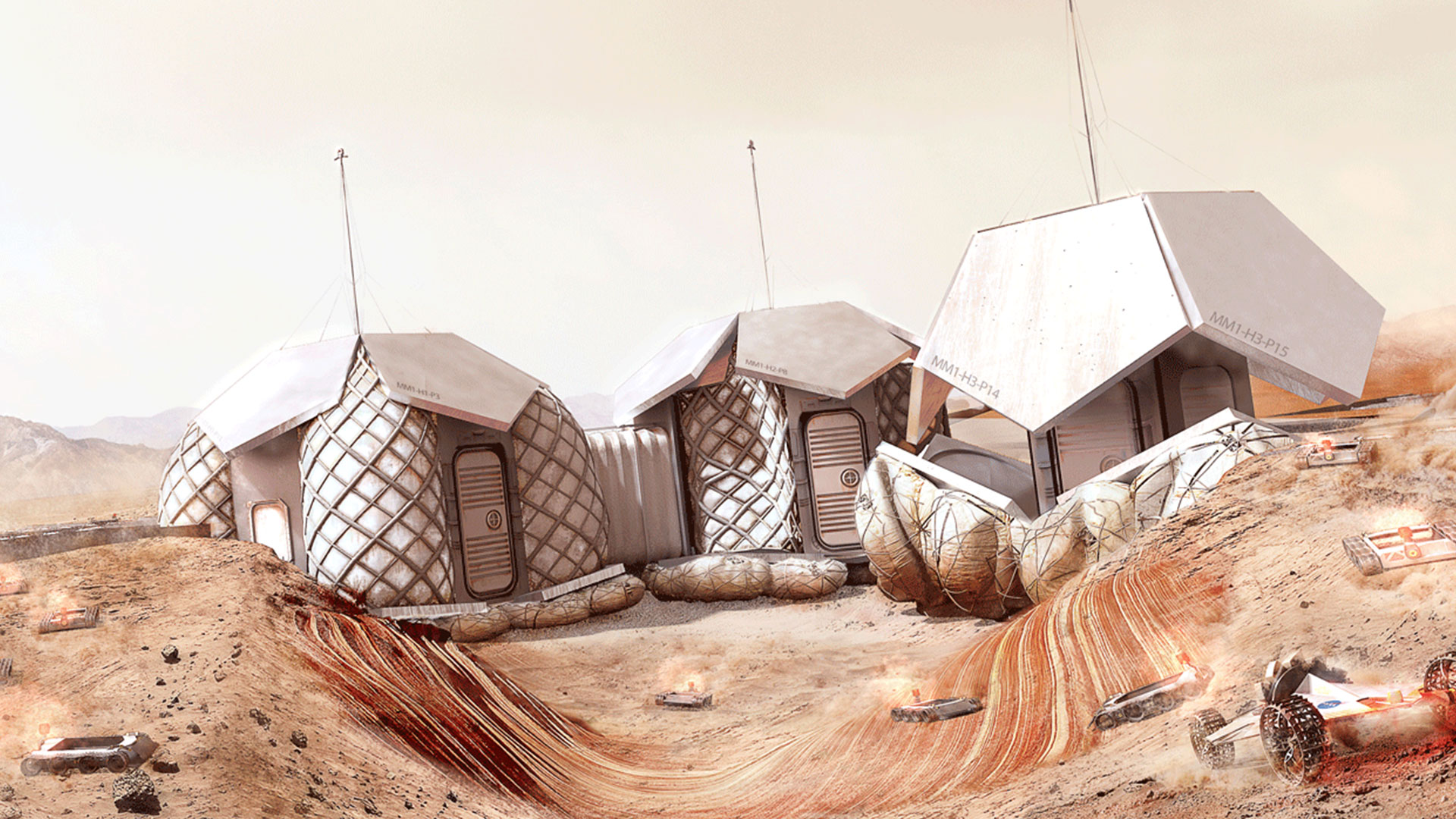NASA's 3D-Printed Habitat Challenge: meet the winners
The victorious teams created digital representations of both the physical and functional features of a house on Mars using specialized software tools

NASA and Bradley University of Peoria, Illinois, have chosen the top five teams that will share a $100,000 prize in the final stage of the 3d-Printed Habitat Centennial Challenge competition organized by the agency. The victorious teams were able to create digital representations of both the physical and functional features of a house on Mars using specialized software tools. A panel of NASA, academy and industry experts were responsible to pick the winners through a score system evaluation. Up to 18 teams from all over the world joined the challenge, but only these were the selected ones:
Team Zopherus of Rogers, Arkansas - $20,957.95
AI. SpaceFactory of New York - $20,957.24
Kahn-Yates of Jackson, Mississippi - $20,622.74
SEArch+/Apis Cor of New York - $19,580.97
Northwestern University of Evanston, Illinois - $17,881.10
“We are thrilled to see the success of this diverse group of teams that have approached this competition in their own unique styles,” said Monsi Roman, program manager for NASA’s Centennial Challenges. “They are not just designing structures, they are designing habitats that will allow our space explorers to live and work on other planets. We are excited to see their designs come to life as the competition moves forward.”
The more the NASA deep space exploration speeds up, the more important becomes to create trusty life-supporting habitats. However, building on the surface of Mars remains a challenge because of the limits in transportation materials and the differences between atmosphere and landscape. With the 3d-Printed Habitat Challenge, NASA aims to promote the creation of sustainable refuges that will occupy other planets or the Moon, by forcing the inventors to implement new technologies capable of building houses with foreign materials.
The structure of the challenge
Phase 1 or the Design Competition ended on 2015 and the teams had to submit architectural renderings.
Phase 2 or the Structural Member Competition was completed in 2017 and required the teams to create structural components.
“We are encouraging a wide range of people to come up with innovative designs for how they envision a habitat on Mars,” said Lex Akers, dean of the Caterpillar College of Engineering and Technology at Bradley University, NASA’s partner in this challenge. “The virtual levels allow teams from high schools, universities and businesses that might not have access to large 3D printers to still be a part of the competition because they can team up with those who do have access to such machinery for the final level of the competition.”












